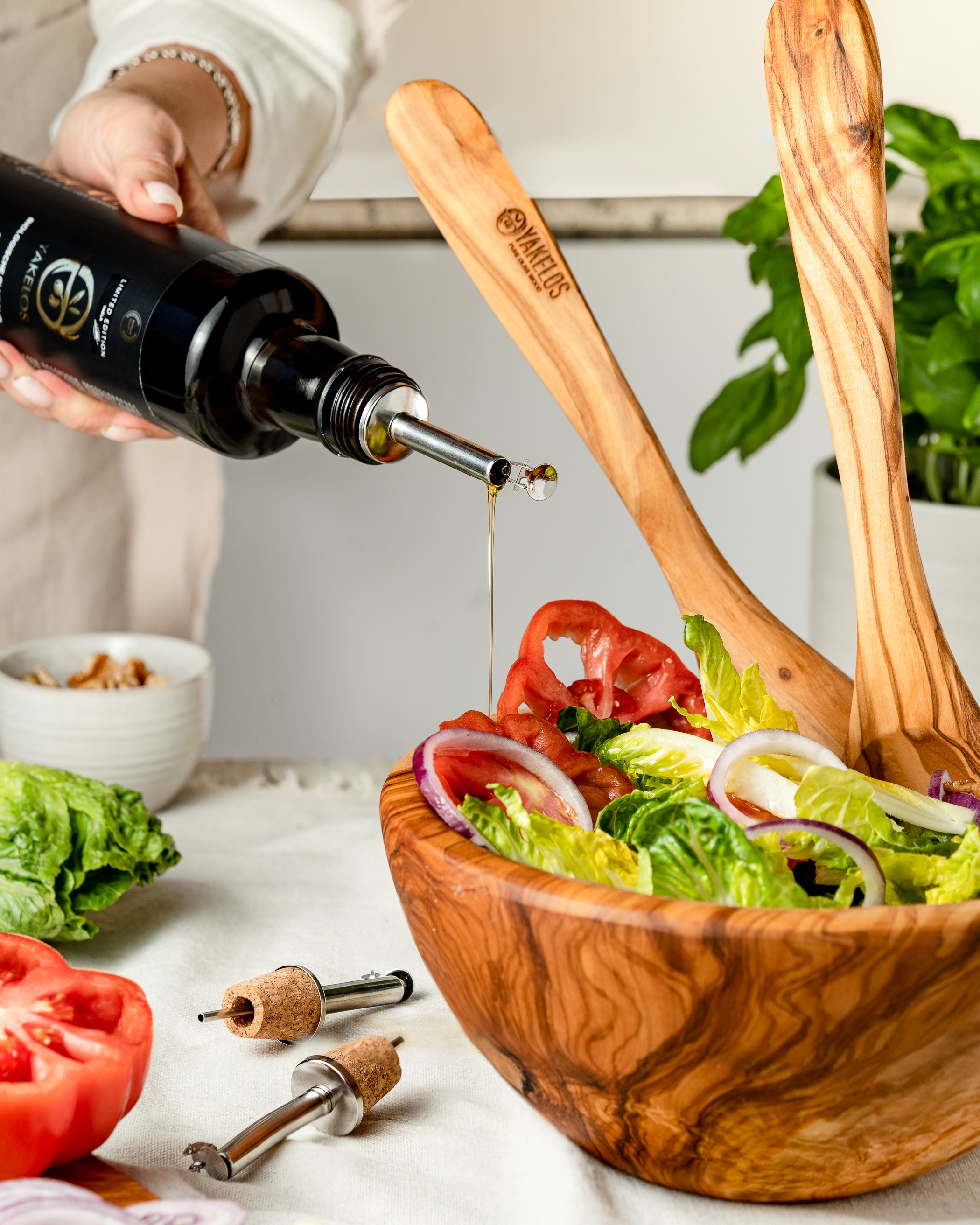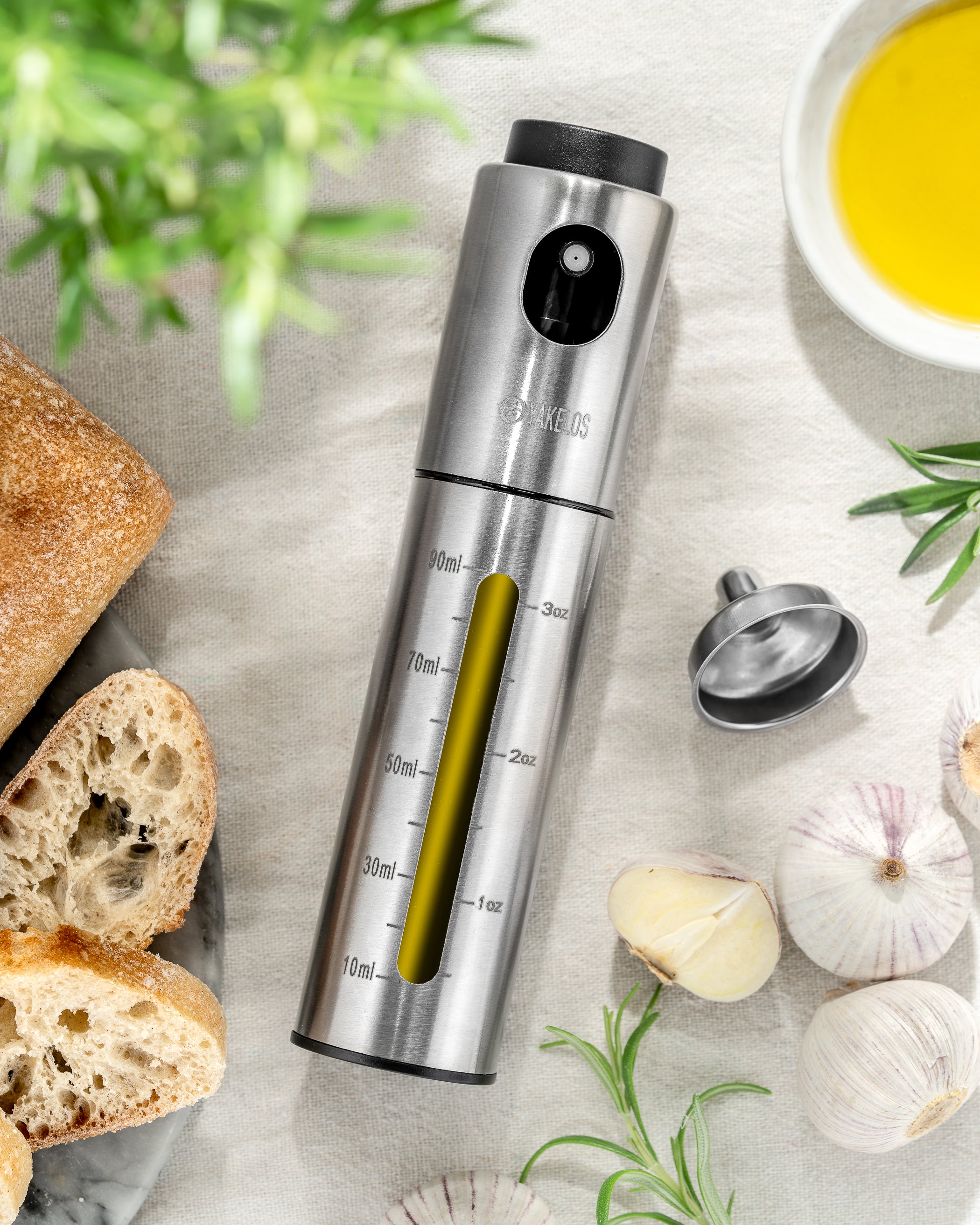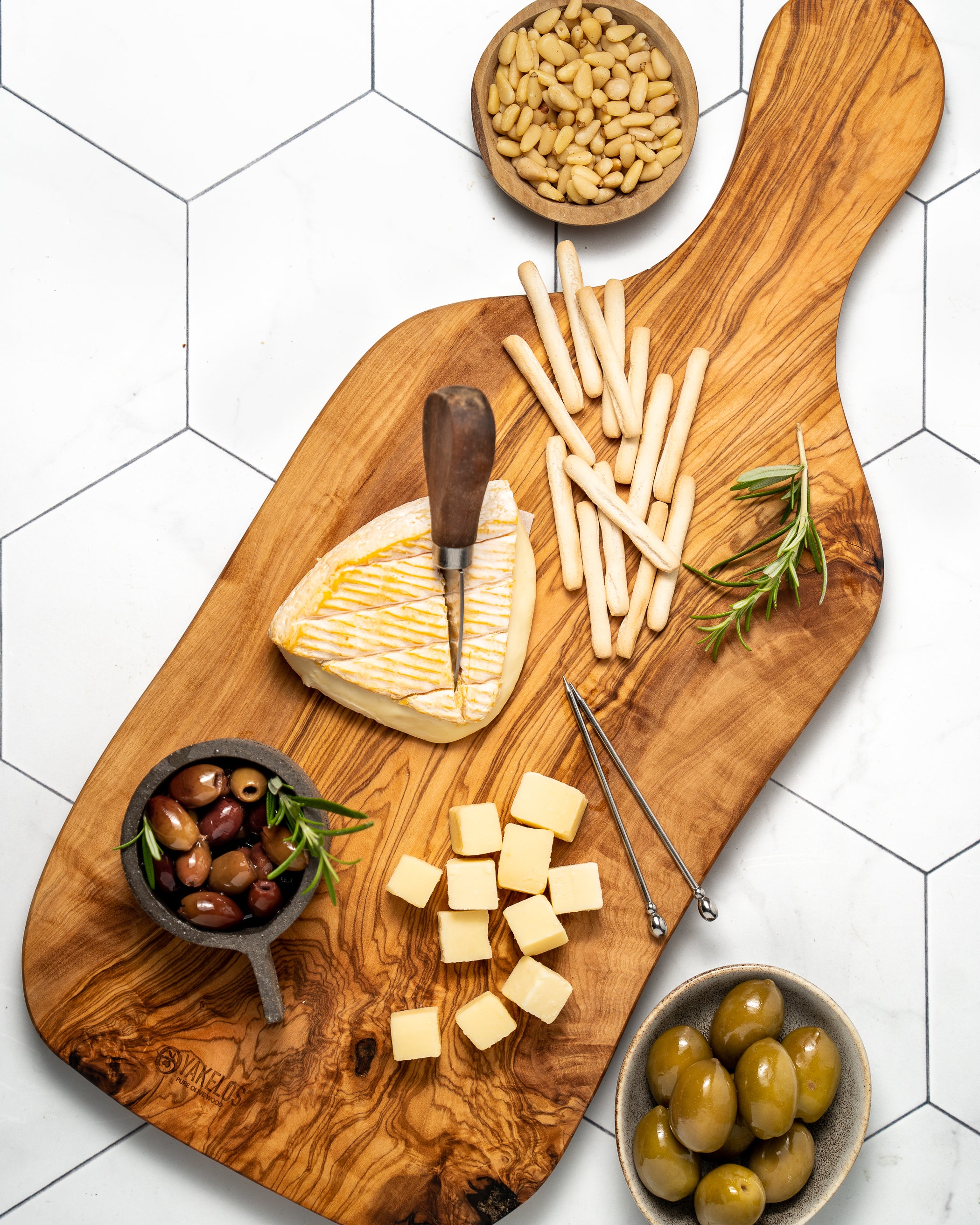The word 'mojo' comes from the Portuguese word molho , which means 'sauce', which oddly enough means that when we talk about 'mojo sauce', we actually say 'sauce sauce'. Perhaps, to avoid confusion, we should start talking about a dressing, because that is actually a better name for this somewhat liquid sauce.
Mojo is a
on the Canary Islands, or 'wrinkled potatoes with mojo sauce'. Mojo is also often used as pesto on a few slices of baguette. Similar dressings, also called mojo, are known in almost the entire Caribbean area and especially in Cuba. In Cuban food culture, mojo is actually any dressing made with garlic, extra virgin olive oil and sour orange juice. No wonder, of course, because many inhabitants of the Canary Islands have emigrated to the Caribbean islands in the past and have brought their traditional cuisine with them. Incidentally, this dressing is also referred to in Cuba by its diminutive: mojito. But that name obviously has nothing to do with the so refreshing alcoholic drink. In Puerto Rico, mojo is a dressing of finely chopped coriander with salt, lots of garlic and extra virgin olive oil. Black pepper, butter (!), grated raw onion, vinegar and the juice of a citrus fruit are also found locally in the recipe. It is used on that American island as a marinade for roast chicken or a dip for chips. In the Puerto Rican city of Salinas, there is a version called mojo isleño ('islanders' sauce') that is served with fish. In the impoverished Dominican Republic, there is a poor man's version of mojo called wasakaka. This version is made with boiling water, parsley, garlic, extra virgin olive oil and the juice of a sour orange or lemon. Personally, I would not dare try this watery dressing on my chicken.
The preparation is simple. You put tomatoes or chili peppers of your choice in a mortar. You add some cloves of garlic and herbs (parsley) or spices (cumin). Finally, you pour extra virgin olive oil and the juice of a citrus fruit. Mash it all into a dressing. Done!





